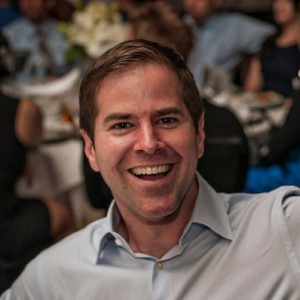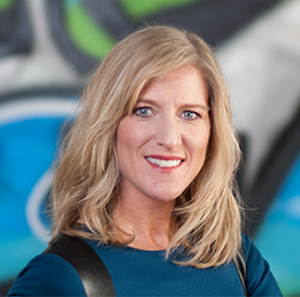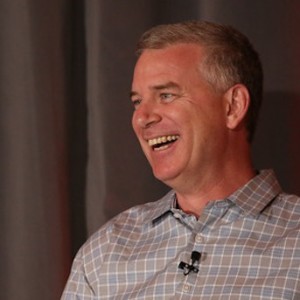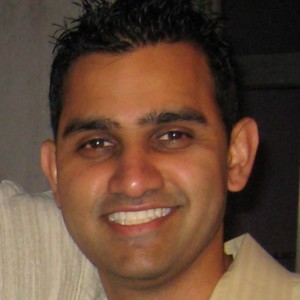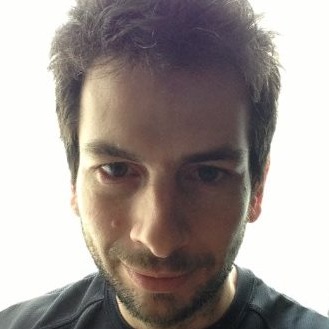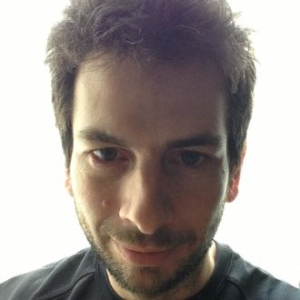
Lisa Brummel (Photo credit: Bettina Hansen)
When Lisa Brummel joined Microsoft as a Product Manager in 1989, the company had roughly 4,000 employees. In 2005, when Steve Ballmer asked her to take over HR, and leave her job running a $1 Billion software division — with $400 Million in profit — the company had grown to 50,000 employees. When she retired ten years later, she’d been Chief People Offer through the CEO transitions of BillG to Steve to Satya, massive acquisitions, the leveling out of stock growth, and the tectonic shifts to software as a service and (non-Microsoft) smartphone platforms.
The people issues of a 125,000 person company are many, and most don’t lend themselves to simple solutions. Are the same people who performed well during explosive growth the right ones for maturity?
In this episode, we talk frankly about these difficult shifts, the perception of management being out of touch, and the extent to which transparency in formulating policies at such massive scale is practical. She has kind words for the blog phenom mini-microsoft, the anonymous blogger who was often quite thoughtful about how to improve things.
Why was Microsoft so prescient — yet ultimately unsuccessful — in so many areas (smart set top boxes and streaming video, demand-side management of power, web-based productivity apps, smartphones, tablets, mapping, natural language input, smart cars, web real estate, payments/banking, ebooks, etc.)? I was startled at Lisa’s clarity on this. These misses have many fathers, but she points to a significant central cause.

Lisa Brummel, Ginny Gilder and Dawn Trudeau, Co-Owners of the Seattle Storm (Photo Credit: Bettina Hansen/The Seattle Times)
It’s no wonder she spends her time on sports entertainment now. The Storm are not only a WNBA champion, but they’re a great asset to the greater Seattle community. We talk a bit about the team, how she (and her partners Ginny Gilder and Dawn Trudeau) came to acquire the team from Oklahoma villain Clay Bennett, and the impact of technology on sports. Highly recommended article by Bettina Hansen here.
Probably less well known is that Lisa was a tremendous athlete back in the day. She’s been inducted into the Connecticut Women’s Basketball Hall of Fame, was all-Ivy League for four years at Yale, and was the Ivy MVP. She also won national and world fast pitch softball titles as catcher for the Raybestos Brakettes, a legendary — and awesomely named — team from Stratford.
Podcast: Play in new window | Download
Subscribe on your smartphone: Apple Podcasts | Android | RSS | More Options


